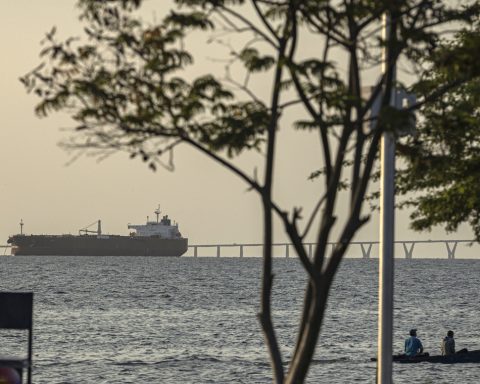During the Summit 2024 Expansionthe director of Amcham commented that the IMF did a study in which it analyzes investment flows in the world, assigning them to two concepts: nearshoring and allyshoring, and about 20% of the flows in the world go to countries with geographical proximity and more than 60% go to countries that have geopolitical affinity,
“That is very good news for Mexico and at the same time a warning, because today we have both.”
“We must take care of our institutions, the mechanisms with which we coexist with other countries, know that our actions abroad, diplomatic, carry a lot of weight, (…) being a democratic country with institutions makes us also attractive to investment,” says Casas Alatriste.
For his part, José Luis Ortega, investment director of BlackRock Mexico, says that there is confidence in investing in the country, although it may not seem like it because new investments are few.
“We have to validate that many of the foreign companies that have already been investing in Mexico for many years. So, this reinvestment of profits tells us about the confidence they have, that Mexico can be a great destination to maintain those profits and not take them to other countries,” says Ortega.
An example of this is the lack of availability in industrial parks, for example, in El Bajío the occupancy is 95%. Furthermore, in many of these ships, contracts are being renegotiated with prices up to 50% more expensive than before.
José Ángel Sánchez, vice president of Chirey, comments that the opportunities for Mexico with nearshoring are opening up a lot for the automotive sector, a “wave” of investments is being seen with the arrival of different assembly companies.
“This triggers a lot of sources of analysis, especially because Mexico, being one of the countries with the largest number of free trade agreements that exists, (…) Why are these sources of investment opened? Because Mexico definitely has the global conditions that allow that attractiveness, be it in politics, be it in skilled labor,” he assures.
When asked if nearshoring continues to be the axis of growth in Mexico, everyone answered “yes.”
















